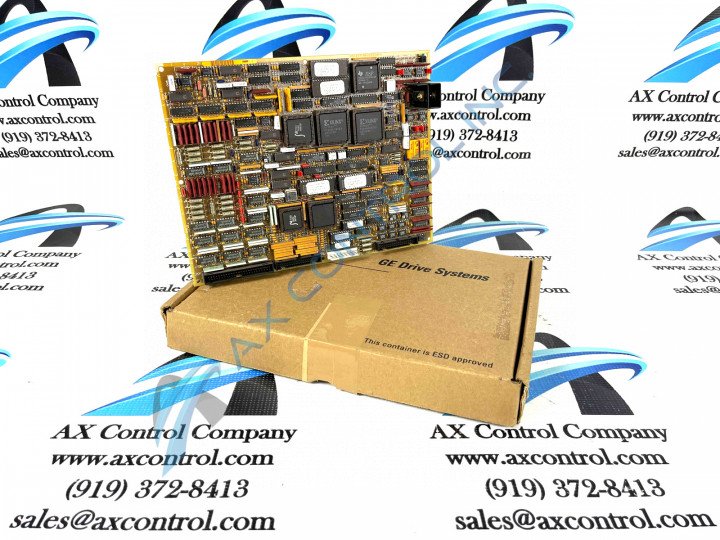About the DS200TCQBG1BCB
The DS200TCQBG1BCB printed circuit board featured on this personalized product page was originally developed for placement in the Mark V Series of turbine control systems, as discussed above. The Mark V Series, as determined by its name, has specific applications in the control and management systems of gas, steam and wind turbine automated drive assemblies. While the Mark V Turbine Control System Series may exist as one of the latest General Electric product series featuring their patented Speedtronic technology first featured in the late 1960s' Mark I Series, this Mark V Series is considered a legacy series, as its manufacturing has been discontinued in the years since its conception by the original manufacturer. This DS200TCQBG1BCB printed circuit board or PCB for short is definable as an Extended Analog I/O Board; its original functional product description that appears in prevalent General Electric and Mark V Turbine Control System Series instructional manual documentation. While this DS200TCQBG1BCB PCB may exist as an Extended Analog I/O Board in its own right, it is by no means considered the original product of this functionality to feature in the Mark V Series; that would be the DS200TCQBG1BCB Extended Analog I/O Board missing this DS200TCQBG1BCB product offering's three-fold revision history.
Hardware Tips and Specifications
This DS200TCQBG1BCB Extended Analog I/O Board adopts all of the necessary hardware component elements and specifications needed to acheive its functional status within the Mark V Turbine Control System Series. The GE RST Extended Analog I/O Board DS200TCQBG1BCB is populated with a programmable logic device and EPROM modules. The GE RST Extended Analog I/O Board DS200TCQBG1BCB also has 1 OK LED that is viewable from the side for diagnostic purposes, 1 50-pin connector, and 15 jumpers for hardware customization options. The ID assigned to the 50-pin connector is JKK, whereas the IDs assigned to the 34-pin connectors are 3PL and JLL. Given the fact that this DS200TCQBG1BCB Extended Analog I/O or Input/Output Board is not well-populated in internet-available Mark V Series instructional manual materials, the DS200TCQBG1BCB functional product number becomes a primary source of original hardware information for this TCQB-abbreviated product. The DS200TCQBG1BCB alphanumeric product number begins with the DS200 series tag detailing this DS200TCQBG1BCB PCB's normal style of Mark V Turbine Control System Series assembly and its domestic location of original manufacture. Some of the other specific DS200TCQBG1BCB board hardware elements highlighted in the DS200TCQBG1BCB functional product number include:
- The TCQB functional product acronym
- A thick normal style of printed circuit board coating
- A group one Mark V Series product grouping
- A B-rated primary functional product revision
- A C-rated secondary functional product revision
- A B-rated artwork configuration product revision
Please note that the three significant product revisions made to the assembly of this DS200TCQBG1BCB Extended Analog I/O Board will almost certainly have altered this DS200TCQBG1BCB PCB's originally-introduced performance specifications and dimensions from their base-revised statuses. During the DS200TCQBG1BCB board replacement procedure you must remove the cables from the defective board and connect the cables to the replacement. There is some information about the cables connected to the 50-pin and 34-pin connectors that you must consider before you begin. The 50-pin connector and the 34-pin connectors use ribbon cables to connect to other boards in the drive, and carry signals that are processed by the DS200TCQBG1BCB board. Some of the signals are received by the board for processing, while other signals are transmitted by the DS200TCQBG1BCB board and processed by other boards in the Mark V Series automated drive interior. Only hold the ribbon cables in this DS200TCQBG1BCB PCB's assembly by the connector at the end of the cable when you disconnect them from the greater DS200TCQBG1BCB board; if you pull the ribbon cable out like a rope you can easily cause the fine copper wires to pull out from the connector.













